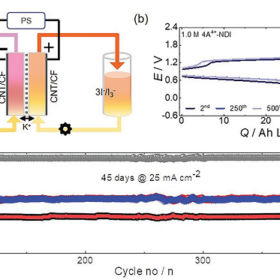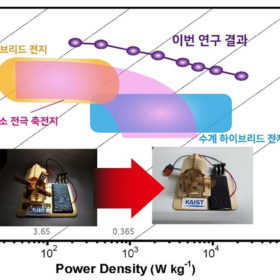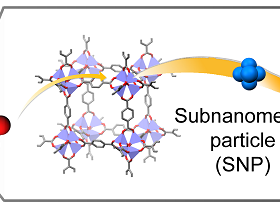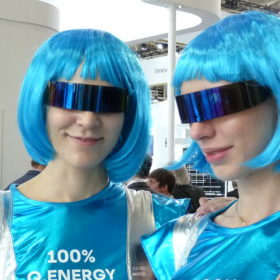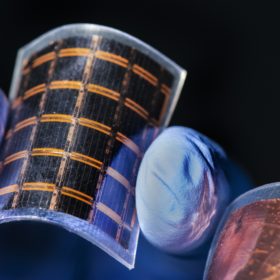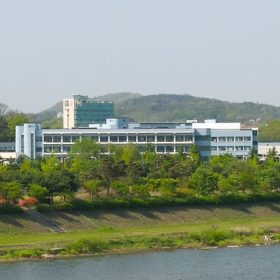Aqueous redox flow battery based on naphthalene diimide achieves high capacity retention
Scientists in South Korea have developed a highly soluble, stable organic redox-active molecule for use in aqueous redox flow batteries. The newly developed naphthalene diimide (NDI) molecule offered higher storage capacity than existing vanadium devices.
The mobility rEVolution: Hybrid lithium-ion battery capable of recharging within a minute
In other news, Volvo has invested in fast-charging battery tech firm StoreDot, Tesla has reported record profits in Q1, and Dutch start-up behind the world’s first commercial grid-independent solar car Lightyear has entered a carsharing partnership.
Sub-nanometric particles to stabilize lithium-oxygen batteries
The storage technology promises ten times the energy density offered by lithium-ion batteries but notorious cycling instability remains a concern. Researchers in South Korea may have come a step nearer a solution.
Focus on the negatives: A new path to highly efficient tandem cells
Scientists in the U.S. and South Korea have identified what could be a new route to high-efficiency perovskite-silicon tandem solar cells. Through engineering negatively charged particles in the passivation layer, the group made a tandem cell with 26.7% efficiency. With further tweaks to the silicon layer they expect to be able to surpass 30%.
The year in solar, part II: A lively show season, more legal shenanigans and rising panel efficiencies abound
Intersolar Europe is always a key date in the solar calendar but this year’s show had it all, including three panel-smuggling arrests. Elsewhere, wafers were getting bigger, efficiency records were tumbling and new technologies were emerging. There was also more news on the solar car ports fad and Hanwha’s ongoing legal tussle.
Nothing can bring down the price of III-V solar cells – just add germanium
A research paper from scientists at the U.S. National Renewable Energy Laboratory outlines a new approach to the production of gallium arsenide based cells. The approach, termed ‘germanium on nothing’, could enable the cost effective, high volume production of PV cells based on III-V materials such as gallium arsenide.
Korean researchers propose new material for stable, lead free perovskite
A team of scientists from the Korea Advanced Institute of Science and Technology (KAIST) has proposed a gold-based halide perovskite as a material for high efficiency solar cells, which it says could be both more stable and more environmentally friendly to produce than many existing perovskites which scientists are investigating to boost solar efficiency.
